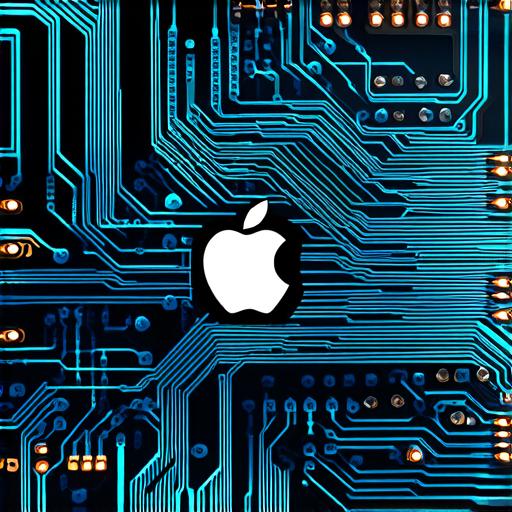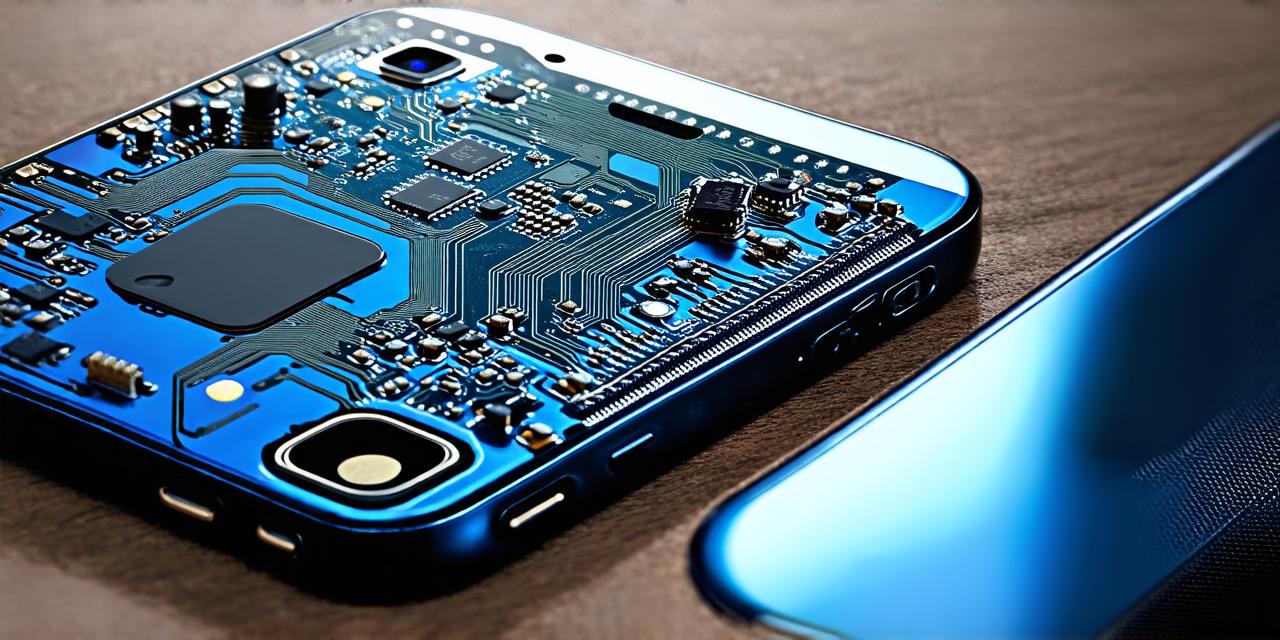Understanding the Causes of a Sluggish iPhone Following iOS 17 Update
There are several reasons why your iPhone may become sluggish following an update to iOS 17. Here are some common causes:
Memory Usage
One of the main reasons for a sluggish iPhone is high memory usage. With each update, Apple adds new features and improvements to iOS, which can take up more memory on your device. If your iPhone already has limited memory, this can lead to slower performance.
Storage Space
Another cause of a sluggish iPhone is low storage space. With the increase in file sizes and apps, it’s easy to fill up your phone’s storage quickly. This can slow down your device as it struggles to find enough space for new files and applications.
Outdated Hardware
An outdated iPhone model can also lead to slower performance after an update. While Apple tries to optimize their updates for older devices, there are some features that may not be compatible with certain models. If your iPhone is an older model, it’s possible that you will experience performance issues after an update.
App Compatibility Issues
Finally, compatibility issues between your apps and the new version of iOS can also cause a sluggish iPhone. If an app is not optimized for the latest version of iOS, it may run slower or crash more frequently.
Optimizing Your iPhone’s Performance After an Update to iOS 17
Now that we’ve discussed some common causes of a sluggish iPhone following an update to iOS 17, let’s look at some solutions to help optimize your device’s performance.
Free Up Memory
The first solution is to free up memory on your iPhone. This can be done by deleting unused apps or files, closing unnecessary tabs, and disabling background app refresh. You can also try forcing a restart of your iPhone to clear out any temporary files and processes that may be taking up memory.
Clear Up Storage Space
Another solution is to clear up storage space on your iPhone. This can be done by deleting unnecessary files, uninstalling apps you no longer use, and enabling iCloud backup. You can also try using a third-party app like CleanMyPhone or DiskDigger to free up more space.
Upgrade Your Hardware
If you have an outdated iPhone model, it may be time to upgrade your hardware. While this may not solve the issue of a sluggish iPhone immediately, it can help improve overall performance in the long run. Apple releases new models with improved hardware and software every year, so it’s worth considering upgrading if you have an older device.
Update Your Apps
Finally, make sure to update your apps after an iOS update. This can help ensure that your apps are compatible with the latest version of iOS and will run smoothly on your device. Additionally, app updates may include performance improvements and bug fixes that can help optimize your iPhone’s performance.

Real-Life Examples of Optimizing iPhone Performance
Let’s take a look at some real-life examples of how these solutions can help optimize iPhone performance.
Freeing Up Memory
John is an iOS developer who recently updated his iPhone to iOS 17. He noticed that his device was running slower than usual, so he decided to free up memory by deleting a few apps and closing unnecessary tabs. This immediately improved the speed of his iPhone, making it easier for him to work on his projects.
